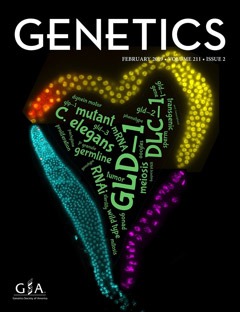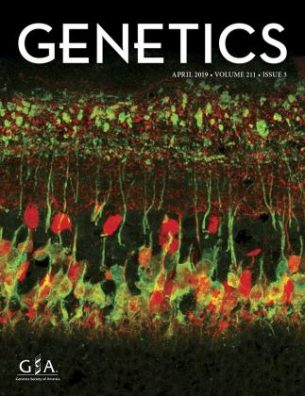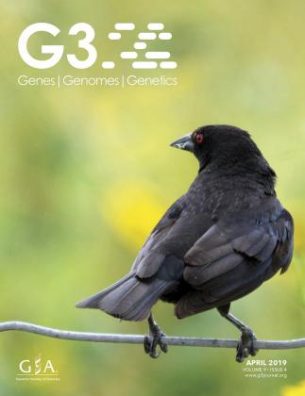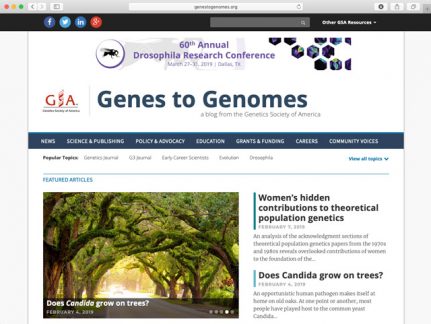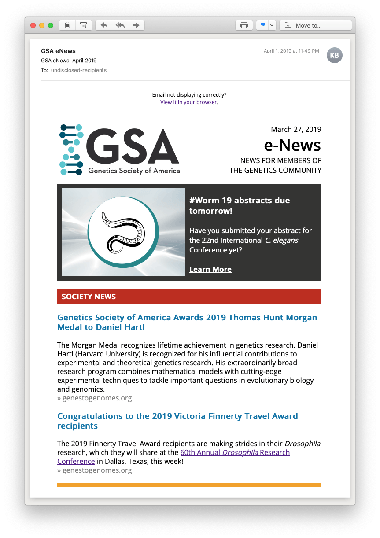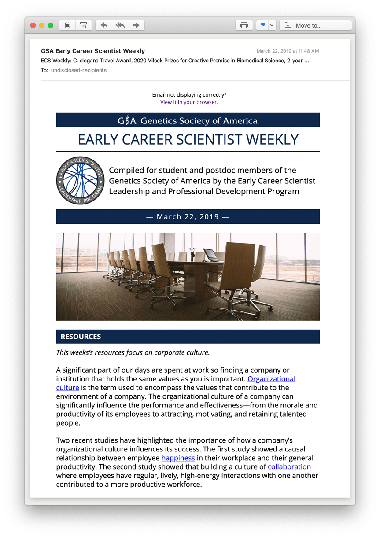Publications
GSA connects you to the field through a range of scholarly and community publications: our peer-reviewed journals offer two distinct platforms for communicating high-quality original research; our blog brings perspective to your research and career; and our newsletters keep you up to date with the latest opportunities and news from your community.


